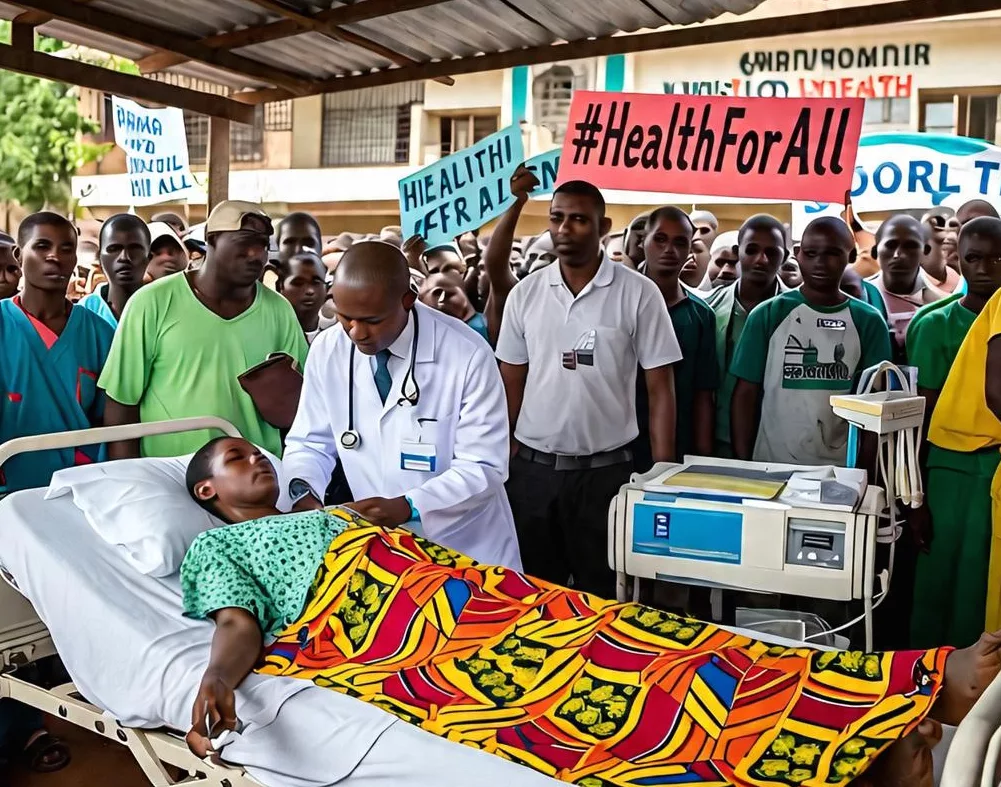By Joyce Mukucha
In an effort which seeks to attain a UNAIDS 90-90-90 goal of epidemic control in Zimbabwe and reaching an AIDS-free generation as well as having the latest picture of the impact of the HIV epidemic in the nation, the 2020 Zimbabwe Population Based HIV Impact Assessment (ZIMPHIA) which is the second assessment is set to kick-start.
The first successful Population Based HIV Impact Assessment (PHIA) project was conducted in 2015-2016 showed significant progress towards reaching the UNAIDS 90-90-90 targets by 2020 and the global target to end AIDS by 2030.
According to the ZIMPHIA 2015-2016 survey results, in Zimbabwe 77% of people living with HIV knew their status, 88% of those people were on treatment, and 85% of those people on treatment were virally suppressed. 14, 1 percent of adults aged 15 to 64 were in 2015-2016 living with HIV. It has been learnt that HIV is more common amongst female than males in this age group as they constitute 16,0 percent as compared to 12,0 percent males.
Number of new HIV infections of all ages in Sub-Saharan Africa has decreased from 3, 4 million in 1996 to 1, 8 million in 2017. This is according to the 2015-2016 ZIMPIA results. In terms of new HIV Infections in Zimbabwe each year amongst those aged 15 to 64, 0, 42 percent of adults are newly affected. Of these, 0, 50 percent are amongst women and 0, 33 percent amongst males.
In his key note address at the National ZIMPHIA Sensitization Meeting in Harare on the 18th of October 2019, the Director of AIDS and TB Unit, Ministry of Health and Child Care of Zimbabwe, Dr Owen Mugurungi hailed Zimbabwe for making tremendous efforts in fighting HIV.
The national prevalence rate has drastically come down from a high of 29% in 1999 to the current 14.1% amongst the adult population.
“Zimbabwe has over the years made significant milestones in HIV programming. The incidence rate, that is, number of new HIV infections has gone down from 1.03% in 2010 to 0.42% in 2016. This truly is remarkable progress and we owe it to ourselves and the hard work and dedication that we have produced over the years.
“Our national prevalence rate has drastically come down from a high of 29% in 1999 to the current 14.1% amongst the adult population. The incidence rate, that is, number of new HIV infections has gone down from 1.03% in 2010 to 0.42% in 2016. In life, it is generally always imperative to take a look in the ‘rear view mirror’ and see how far you have progressed and this is exactly what we are doing as a country assessing the impact of our HIV prevention, care and treatment services. ZIMPHIA 2015-2016 showed significant progress towards reaching the UNAIDS 90-90-90 targets by 2020 and the global target to end AIDS by 2030,” he said.
He said it was of paramount importance to scale up innovations and best practices and ensure that all vulnerable populations that are at high risk are provided with relevant HIV services and products.
ZIMPHIA 2020, he pointed out, will assist the Ministry, key health authorities and policymakers to have a better understanding of the overall impact of HIV on the entire population of Zimbabwe, looking beyond people living with HIV.
ZIMPHIA 2020 will provide technical assistance at the national level to strengthen data collection systems, enhance laboratory infrastructure, and strengthen local human resource capacity. Community members were urged to realize the importance of the survey.
There is need to ensure that everyone rallies behind the project, he said, and support all the different components of the assessment.
“This sensitization process will allow us to have impact data measurements. ZIMSTAT will provide the necessary support needed to conduct the research. As ZIMSTAT, we have already started ZIMPHIA and we have set a foundation for this project and we will continue to work with the Ministry and other organisations to have a successful research,” said the ZIMSTAT representative.
The Country Director of Centers for Disease Control and Prevention (CDC), Dr Shirish Balachandra also stressed that Zimbabwe was indeed approaching a global achievement of controlling HIV. She emphasised that CDC was going to make rightful decisions to partner with ministries around the world and make change to those who count on them.
The assessment will be carried out by a highly trained teams of professionals who will be visiting selected households in different communities. The teams will exercise the highest possible professional conduct to maintain professional standards of confidentiality.






